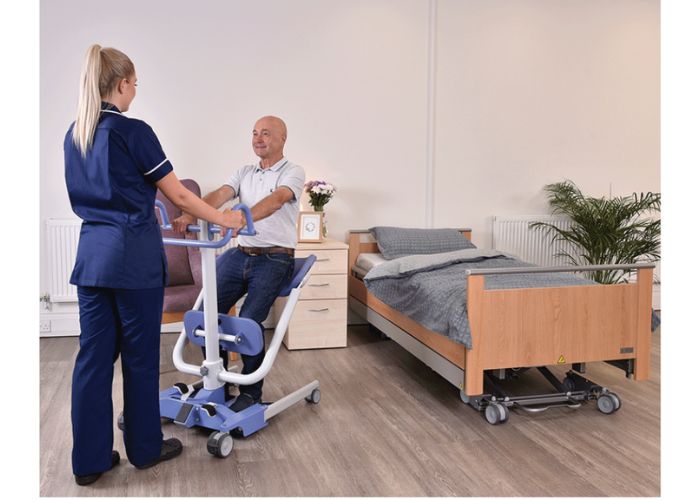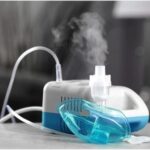How Do Patient Lifts and Hoists Improve Safety When Moving Patients? After working as a physiotherapist in hospitals for the past 7 years, I have seen first-hand the immense value of using patient lifts and hoists for moving patients safely.
Proper patient handling is critical for avoiding injuries to both patients and healthcare staff. Based on my experience, I strongly believe that patient lifts and hoists are essential equipment that can greatly improve safety outcomes.
How Do Patient Lifts and Hoists Improve Safety When Moving Patients
As a physiotherapist, patient mobility is one of my top priorities. I need to be able to move patients in and out of beds, wheelchairs, stretchers, etc. for treatments and daily functioning. However, many patients have mobility limitations due to age, illness, disabilities, or injuries. Without assistive equipment, moving these patients manually can be challenging and hazardous.
According to fda.gov, The risks of manual patient handling are significant. Healthcare workers can suffer serious back, shoulder and neck injuries from lifting or moving patients incorrectly. Patients are also susceptible to falls, bruises, fractures and other trauma if they are manually handled unsafely. These negative outcomes end up costing healthcare facilities greatly in terms of worker compensation claims, patient lawsuits, liability insurance premiums, staff absenteeism, and regulatory non-compliance fees.
After dealing with my own minor lifting-related injuries earlier in my career, I realized the critical importance of using mechanical lift aids for patient handling. Now, I strictly follow safe patient mobilization protocols utilizing patient lifts and hoists at my workplace. I have seen first-hand how much they improve safety for both patients and staff members.
Benefits of Patient Lifts and Hoists
There are many good reasons why patient lifts and hoists have become ubiquitous in modern healthcare facilities. Some major benefits include:
Prevent Injuries:
Using lifts and hoists eliminates risky manual lifting that can lead to severe back injuries and other musculoskeletal disorders. They reduce strain and pressure on the body effectively.
Improve Safety:
Lifts provide a very stable and secure platform to hold patients safely compared to human hands and arms. There is less risk of patients falling or getting injured during transfers.
Enable Proper Body Mechanics:
With lifts, caregivers can use proper body mechanics and posture to move patients, rather than bending and twisting awkwardly and unsafely. This helps avoid short and long term injuries.
Allow Smoother Mobilization:
Electric and hydraulic hoists allow smooth, controlled movement of patients in all directions easily. This results in a more comfortable experience for the patient.
Read More:- What Are the Benefits of Using an Oxygen Concentrator for Supplemental Oxygen?
Accommodate Heavier Patients:
Modern lifts can safely bear the weight of bariatric patients over 400-500 lbs, which is impossible to do manually. This allows more patients to be transported easily.
Reduce Caregiver Injuries:
U.S. Bureau of Labor data shows that nursing assistants and orderlies suffer some of the highest numbers of back and shoulder injuries among all occupations. Lifts and hoists allow them to do their jobs safely.
Read More:- How Do Electrolyte Solutions Aid in Rehydration and Balancing Electrolytes?
Types of Patient Lifts and Hoists
Healthcare facilities have several options when choosing patient mobilization equipment. Some common types include:
- Ceiling Lifts: These utilize an overhead track system installed on the ceiling. A motorized mobile sling attached to the track can be positioned over the patient for transfers.
- Floor Lifts: Self-standing floor units have a hydraulic base with an adjustable boom arm to attach slings or harnesses for patient lifting. They can be wheeled to the bed or chair.
- Sit-to-Stand Lifts: These specialized units use powered lifting arms to raise patients from a seated to standing position, or vice versa. Often used for rehabilitation.
- Stairlifts: Battery-powered chairs that ride along a rail system to transport patients safely up and down stairs. Useful when elevators are unavailable.
- Overhead Slings: These lifting slings attach to overhead ceiling lift systems. Some feature powered motors to help raise or reposition patients.
- Standing Slings: Support patients in a standing position and are attached to ceiling or floor lift units. Help patients with walking difficulties.
Proper Training Is Vital
While patient lifts and hoists provide much improved safety, they must be used correctly. Proper training in operating lifts is critical to avoid hazards. As a professional with 7 years of experience, I always advise my assistants and junior staff members on important safety protocols when using these devices:
- Select the right sling size to fit the patient comfortably
- Check sling attachments and lift mechanics before lifting
- Communicate clearly to the patient about the upcoming transfer
- Lock wheelchair wheels in place during transfers
- Keep the patient centered in the sling during repositioning
- Lower patient slowly and smoothly
- Report any issues or malfunctions immediately
Adhering to such safety guidelines is key to ensuring safe, efficient patient mobilization. With the growing rates of obesity, aging populations, and chronic illnesses, the demand for patient lifts and hoists will continue rising. Having the right lift equipment and using it properly gives me peace of mind that my patients are being moved around as safely as possible.
As medical technologies advance, newer lifting robots and exoskeletons may enter hospitals to further improve patient handling in the future. But for now, existing lifting aids are vital for enabling better health outcomes.
I hope “How Do Patient Lifts and Hoists Improve Safety When Moving Patients?” gives helpful insights into how patient lifts and hoists greatly boost safety for both healthcare staff and the patients in their care. Please feel free to reach out with any questions!

Dinesh Singh Negi is a seasoned expert in the healthcare procurement industry with over 15 years of experience in supply chain management and hospital procurement strategies. Holding a Master of Business Administration (MBA) in Operations Management and Supervision, Dinesh has successfully optimized procurement processes for numerous healthcare facilities, ensuring cost-effective and quality supply solutions. As the lead author on hospibuy.com, Dinesh shares his deep knowledge and insights on hospital procurement trends, product evaluations, and industry best practices. Connect with Dinesh on LinkedIn for more professional insights.









